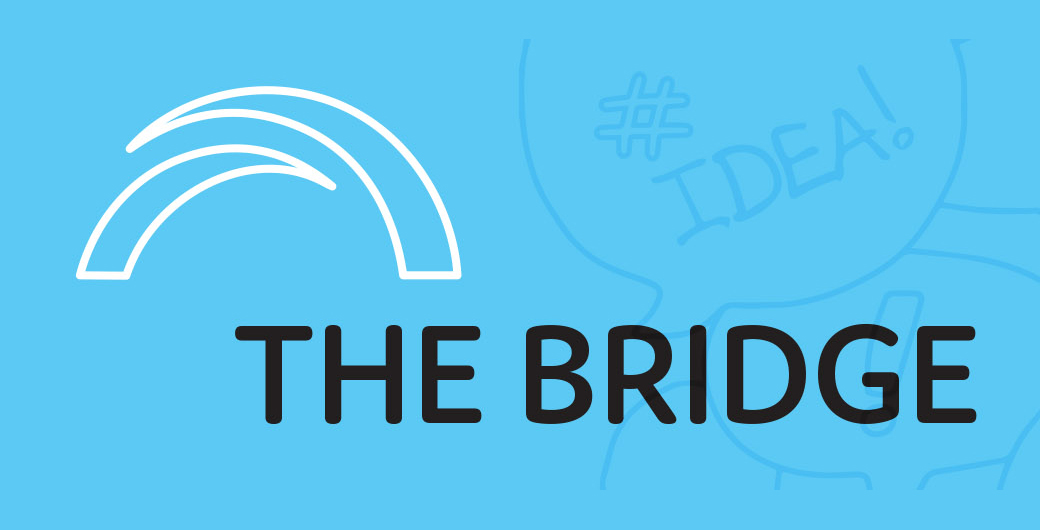Hindsight, foresight and insight: three lenses for better policy-making
26 April 2023
● Research
An article in the International Review of Public Administration, by ANZSOG Executive Director Aotearoa New Zealand, Sally Washington, highlights three capability gaps in policy making: learning from the past, anticipating the future, and bringing more diverse voices into policy design and delivery. It advocates integrating hindsight, foresight, and insight into policy systems to deepen the evidence base and shift mindsets.
The need for a multiple lens approach
The COVID-19 pandemic highlighted cracks in government policy and decision-making systems around the world. These cracks reflect deficiencies in how policy is designed and delivered. Those deficiencies are not new and some constitute a failure to modernise the way policy is made.
They include:
- a narrow focus on short-termism to the detriment of investment in future opportunities
- administrative siloes that work against joined-up policy responses
- a failure to learn from past successes and failures.
- an inability to fully understand the needs of those policy is designed to serve.
A multiple lens approach is needed in policy design and delivery involving; hindsight (looking back), foresight (looking forward) and insight (looking broad and deep). These lenses require new government capabilities and expertise in methods not typically in the traditional policy toolbox.
Hindsight: from ex-post evaluation to learning systems
Learning from past policy success and failure is crucial for designing and delivering good policy. Evaluation in itself is not enough. Often evaluations are used for accountability purposes as opposed to generating insights about what worked or didn’t, and how that information can be fed back into future policy processes.
There are calls for new approaches such as human learning systems which are more iterative and inclusive. Human learning systems include exploration and experimentation as part of a wider learning system and are better suited to complex environments where governments are not the only actors in delivering outcomes.
Whether or not formal evaluations are undertaken, policy makers need to adopt an evaluation mind-set. That means always having a working hypothesis and theory of change. It means continually asking: how will we know if we’ve made a difference or not? What evidence do we need to gather? How will we monitor and measure what’s changed? Policy makers need to constantly test their assumptions as new evidence and insights are revealed throughout the process of policy design to delivery and back again – test, reflect, and iterate.
Foresight: taking care of tomorrow
Foresight is increasingly recognised as a key function of good government and an essential input to policy design and strategy. It helps identify emerging challenges and future opportunities and can also be used to stress test or future proof policy responses. It is essential for rigorous long term policy advice that spans election cycles and the priorities of governments of the day.
Governments require capability to generate and draw out key trends and drivers of change, as well as mechanisms to ensure others in government can access and use those insights. To build futures thinking into their day to-day work, public servants need accessible information and foresight tools such as horizon scanning, scenario building and backcasting.
Insight: bringing the public into policy
Good policy design and delivery increasingly depends on engagement with the wider policy ecosystem, including those affected by policy decisions. Bringing end-users and stakeholders into the policy process ranges from generating insights to engaging directly in policy design and delivery through to the ‘co-s:’ co-design, co-produce and co-deliver.
Understanding the needs of different parts of the population depends on both qualitative and quantitative information. Deep insights can help explain the patterns found in the increasing volumes of data available to policy makers. Access to good data and the ability to analyse it is crucial for good policy. This includes non-traditional data derived from social media, GPS data or crowdsourcing.
What this means
Governments need to create an evidence infrastructure to support hindsight, foresight and insight. This infrastructure needs to join up the evidence, build repositories of information, find ways to share it across government, and ensure it is effectively used in decision making.
It also means:
- reframing what is evidence
- generating evidence where it doesn’t already exist
- synthesising evidence and drawing insights
- using evidence in impactful free and frank advice to decision-makers.
The three lenses for better policy call for a modern policy toolkit, augmenting traditional policy analysis with methods like user-centred design, behavioural insights, foresight tools and data analytics. They also call for fresh mind-sets that emphasise curiosity, humility, engagement and continuous evaluation.
Want to read more?
Hindsight, foresight, insight: three lenses for better policy-making – Sally Washington, International Review of Public Administration, March 2023
The article is available via individual or institutional access through a library service such as a university library, state library or government library.
Each fortnight The Bridge summarises a piece of academic research relevant to public sector managers.

Recent Research Briefs on policy-making include:
- Published Date: 26 April 2023
